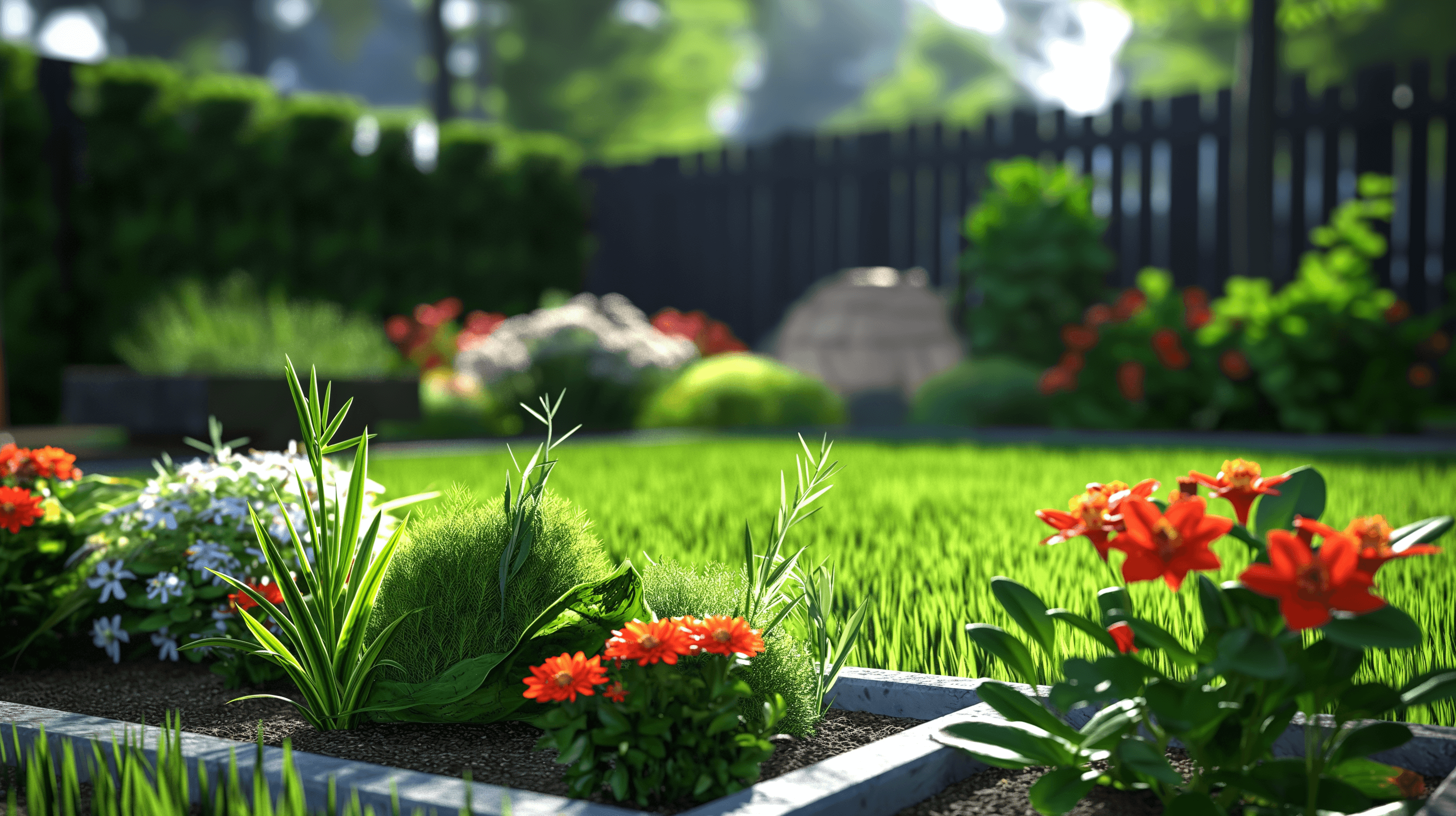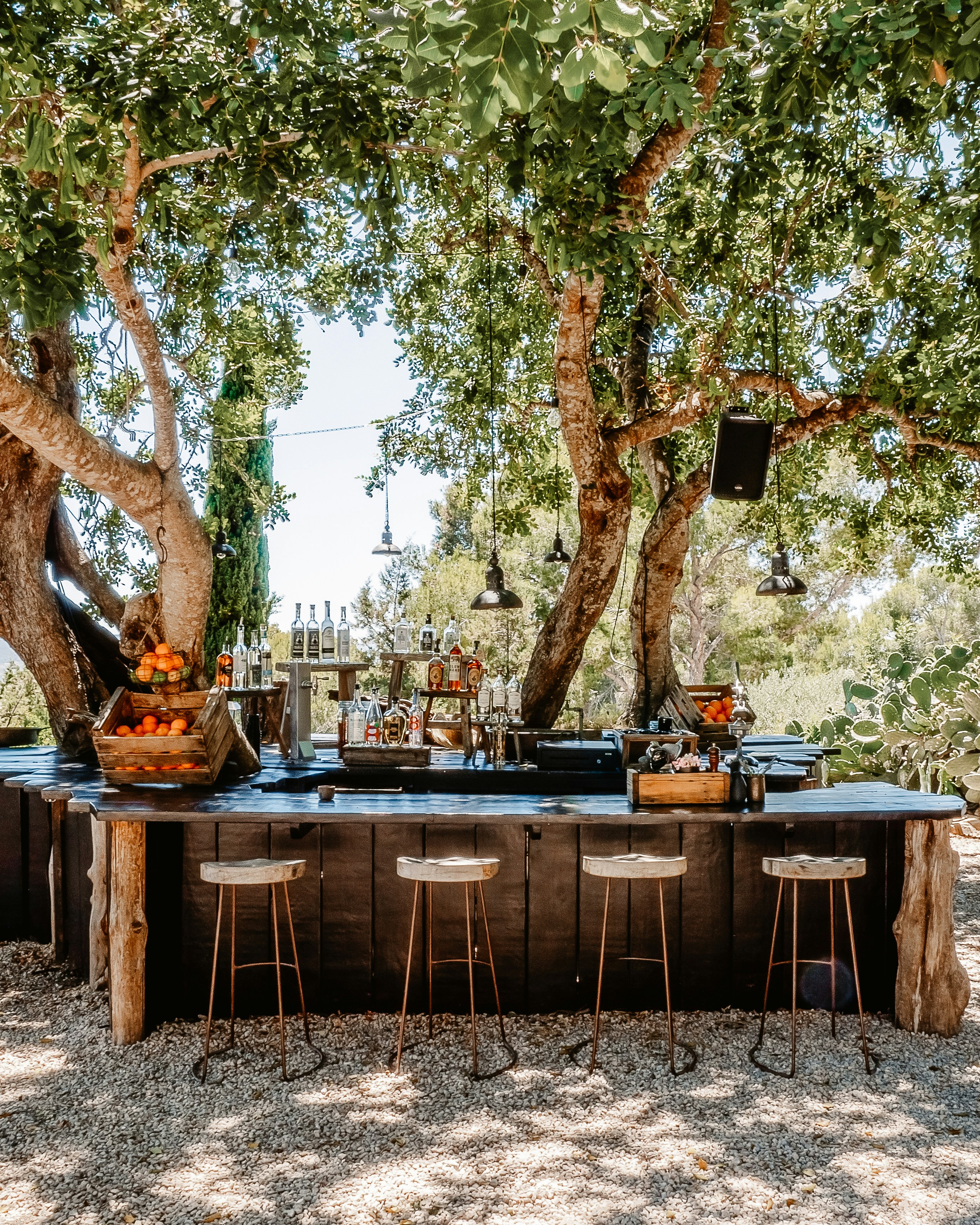Home Features
What is a Craftsman House?
Craftsman houses, also known as Arts and Crafts homes, emerged during the early 20th century as a response to the mass-produced, ornate styles of the Victorian era. This article delves into the distinctive features and aesthetics that define Craftsman houses, showcasing their unique charm and enduring appeal.
Key Features of Craftsman Houses
Architectural Style:
Craftsman houses feature a distinct architectural style characterized by a low-pitched roof with exposed rafters, gables, and overhanging eaves. The design emphasizes simplicity and functionality.
Wide Eaves and Exposed Rafters:
Wide, overhanging eaves and exposed rafters are signature elements of Craftsman homes. These features contribute to the overall visual appeal and provide a sense of craftsmanship.
Front Porch with Columns:
Craftsman houses often boast a prominent front porch supported by tapered square columns. The porch serves as an inviting space and an extension of the living area.
Wooden Details:
Wood plays a central role in Craftsman design. From the exterior siding to interior features like built-in furniture, woodwork is rich and often showcases the natural beauty of the material.
Double-Hung Windows:
Double-hung windows with multiple panes are common in Craftsman homes. These windows allow for ample natural light while complementing the overall aesthetic.
Built-In Furniture and Cabinets:
Craftsman interiors frequently feature built-in furniture and cabinets. This bespoke craftsmanship adds functionality and a sense of unity to the design.
Open Floor Plans:
Craftsman houses often embrace open floor plans, creating a seamless flow between living spaces. This design choice enhances the sense of warmth and connectivity.
Emphasis on Handcrafted Details:
Handcrafted details, such as intricate woodwork, stained glass, and custom tiles, are hallmarks of Craftsman design. These details reflect the movement's emphasis on skilled craftsmanship.
Earth Tones and Natural Materials:
Craftsman houses are characterized by a color palette inspired by nature, featuring earthy tones like browns, greens, and muted yellows. Natural materials such as wood and stone are prominently used.
Low Profile and Integration with Nature:
Craftsman houses often have a low profile, integrating with the natural surroundings. This design philosophy aligns with the Arts and Crafts movement's emphasis on harmony with nature.
Enduring Craftsmanship
Craftsman houses continue to captivate homeowners with their timeless appeal and emphasis on craftsmanship. Whether it's the inviting front porch, handcrafted details, or the use of natural materials, Craftsman homes embody a unique blend of aesthetic charm and functional design, making them a cherished architectural style with enduring popularity.




